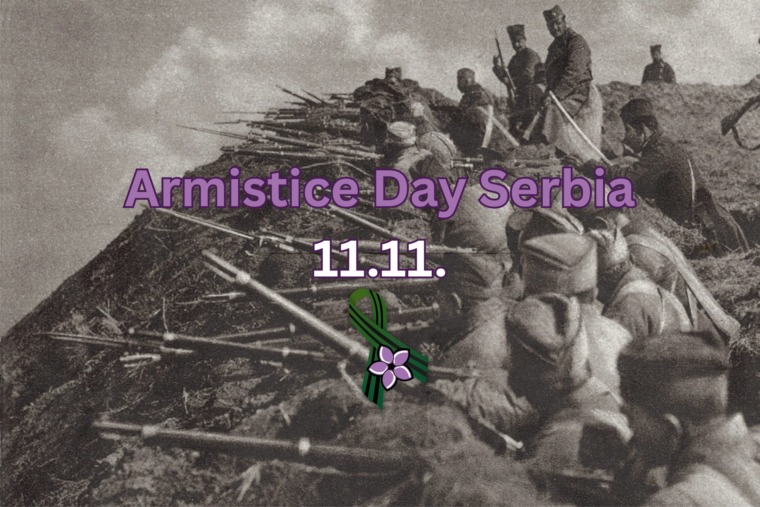

The building of the Government of the Republic of Serbia is the first public building built in Belgrade for the purposes of the public administration of the newly formed Kingdom of Serbs, Croats and Slovenes and it was erected with the aim to represent the strength of this “young” state. It was built as the palace of the Ministry of Finance of the Kingdom.
The construction of the building was assigned to the architect Nikolai Petrovich Krasnow, and it was built in the period between 1926 and 1928. The third floor was added a decade later according to the projects of the building’s author and it represents one of the most successful examples of annex constructions in Belgrade.
Krasnow was a Russian Imperial architect who emigrated to the Kingdom of Serbs, Croats and Slovenes after the October Revolution, where he became the most significant representative of the Academicism in the Serbian interwar architecture.
The breathtaking appearance of the building is accentuated by the rounded corner section of the façade with a dome where two wings (in Nemanjina and Kneza Miloša streets) with monumental facades with emphasized projecting cornices, window frames and pilasters with ring-like reinforcements meet.
At the time of its construction, no other building in the capital had so many free standing sculptures on the façade. They all symbolize functions of the institution located in this building at the time (the Ministry of Finance). The figures of Fertility, Crafts, Industry and Mercury made of artificial stone, that symbolize prosperity and prosperous future of the country are set between the windows of the third floor thus decorating and accentuating the rounded corner risalit of the building.
The most remarkable of all is the bronze figure at the top of the dome, the work of the sculptor Djordje Jovanović from the year of 1901. The statue of a girl with a head wreath, holding a torch high in her right hand and a shield with Serbian coat of arms in bas relief in her left hand represents the personification of Yugoslavia and Serbia. This figure can be seen as a stamp on personal IDs of the citizens of the Republic of Serbia.
The interior of the building is done in accordance with the exterior. The pieces of the authentic furniture, also done by Krasnow, can still be seen in the building.
Each September, on the European Heritage Days, this anthological masterpiece of architecture between two world wars is open for visitors.
Related Articles


Serbian Comfort Food: A Cozy Guide to Winter Flavors
November 18, 2025







